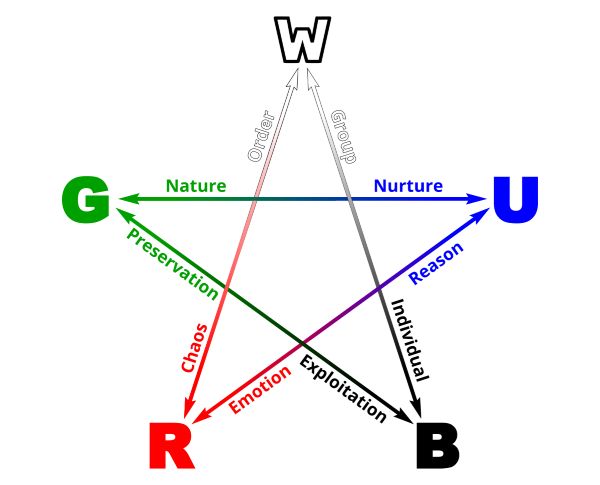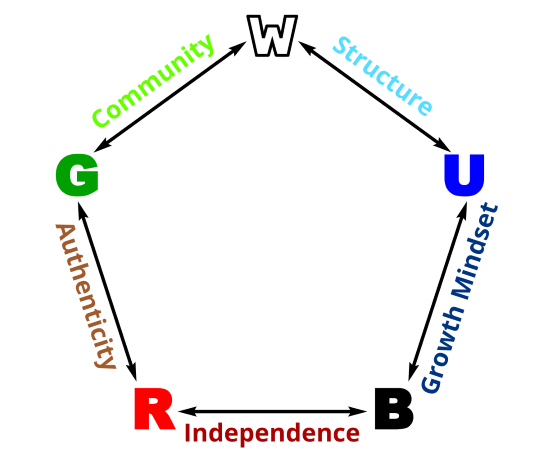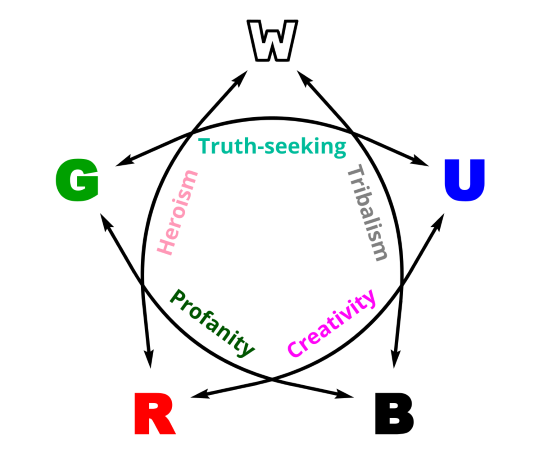- One way to evaluate a model is to look at how deterministically interconnected its components are
- How do you know whether a model has deterministically interconnected components?
- Is the model falsifiable?
- If the model were falsified, how precisely could you infer other things from the falsification?
- How incoherent is it to imagine a single variable changing within the model?
- If you knew the model were accurate, but you forgot one of the variables, would you be able to rederive the missing information?
- Example: gears in a box
- If you have gears in an opaque box, your model is not deterministically interconnected - knowing how the input gear turns gives you little or no ability to predict the output gear
- If the box is transparent, it’s much easier to make predictions about the output
- Example: arithmetic
- There is a tension between memorizing the usage of an algorithm and understanding how an algorithm really works
- We should define “understanding” as a student’s ability to re-derive missing parts of an algorithm from their knowledge of other parts of the algorithm
- Example: Valentine’s Mother
- If Valentine tells you that their mother likes history, that’s a random disconnected fact
- But to them, their mother’s enjoyment of history can be derived from other facts that they know about their mother
- Valentine’s model of their mother has more deterministically interconnected pieces than ours does
- Models can be viewed on a continuum between collections of random facts and axiomatic systems where everything can be logically derived
- Example: gyroscopes
- Most people think that gyroscopes behave in a non-intuitive fashion
- Most people have a model of the world in which it’s coherent to imagine that physics works exactly as it actually does, except when you drop a gyroscope, it falls like a non-spinning object
- The nice thing about physics is that everything is interconnected - falsifying even a small piece of the model leads to updates everywhere else
- Interconnectedness is not the same as goodness
- If you have a model that has more disconnected components, but also generates better predictions, use that
- Most of our models don’t connect all the way down to physics, so it’s all right if not every part of your model can be derived from base axioms
- Insisting that models be interconnected and deterministic is a powerful tool for cutting through confusion
- Valentine uses a lot of models that are “obviously wrong” in some way
- Examples of “fake frameworks”
- Distinction between extroverts and introverts
- MBTI personality types
- An ontology is a set of “basic” elements that you use to build a model
- “Point”, “line” and “plane” are the ontology of Euclidean geometry
- “Mass”, “position” and “time” are the ontolgy of Newtonian mechanics
- People get confused when they switch ontologies without noticing
- The MBTI personality traits can form a useful ontology, even though they don’t directly correspond to parts of personality
- It’s a type error to say that ontologies are either correct or wrong
- The ontology itself can neither be correct nor incorrect as those are facts that only apply to the models that you build from the ontology
- The concept of ki in aikido can be useful even though it has no direct correspondent in physics
- Try different ontologies, even if you know that they’ve been used to build incorrect models
- Magic: The Gathering (MTG) colors form an ontology of personality types and motivations
- MTG has 5 colors, arranged in a wheel, each with its own characteristics
- White - peace through order
- Coordination, cooperation and restraint are the key to ending suffering in the world
- Asks what is the right action to take, where “right” is defined by some moral or cultural framework
- Blue - perfection through knowledge
- Figure out the truth and apply that truth to the fullest extent
- Asks, “What course of action makes the most sense?” - “sense” is determined by careful analysis and expertise
- Seeks to change the rules, rather than just applying the rules
- Black - satisfaction through ruthlessness
- Desires agency - the ability to shape the world
- Asks, “What will leave me best off?”
- Amoral, rather than immoral - moral considerations are secondary to power considerations
- Red - freedom through actions
- Seeks the ability to live in the moment
- Asks, “What do I feel like doing?”
- Green - harmony through acceptance
- Most suffering comes from trying to fix things that aren’t broken
- Color of Chesterton’s Fence
- Asks, “How are things usually done? What is the established wisdom?”
- Colors disagree with those that are across the wheel from them

- White prioritizes the group over the individual
- Black prioritizes the individual over the group
- Green sees the environment as something to be cherished and preserved
- Black sees the environment as a resource to be exploited
- Green sees genetics and environment as being determinative, while blue believes in transcending one’s origins
- Blue sees red as impulsive and rash, while red sees blue as repressed and unfeeling
- Red and white disagree on structure and commitment
- Colors ally with those that are adjacent to them on the wheel

- White and blue agree on the importance of structure
- Blue and black agree on the importance of personal growth
- Black and red agree on the importance of independence and agency
- Red and green agree on the importance of authenticity
- Green and white agree that the whole is greater than the sum of its parts
- Although opposite colors are nominally opposed, it’s still possible to combine them

- Black and white combine to form tribalism
- Blue and red form creativity
- Black and green form Darwinian ethics - a belief in the virtue of struggle and the notion that whatever emerges from that struggle is virtuous
- Red and white are the colors of heroism - a belief in what’s right combined with the willingness to go outside existing power structures to accomplish it
- Blue and green are the colors of truth-seeking
- Both blue and green seek to know the world as it is
- Blue wants to know the world as it is in order to change it
- Green wants to know the world as it is to make peace with it
- So what do we do with the color wheel?
- Classify things and make predictions
- Colors give you associations that can bias your predictions in useful ways
- Colors only represent goals and means, not morality - every color is good in some ways and evil in others
- Assigning colors to people can help you understand their motivations and their worldview
- Meyers-Briggs Type Indicator
- Inconsistently applied
- Unscientific
- Yet why does Scott consistently recognize himself as an INTJ?
- MBTI can be both unscientific and a useful tool
- Factor analysis shows that there are 5 traits, only one of which corresponds with an MBTI type
- Five-Factor and MBTI are trying to do different things
- Five-Factor is trying to break down personality into mathematically precise components for research purposes
- MBTI is trying to separate people into categories that are easy to think about
- Even the poorly drawn categories of MBTI can be useful


